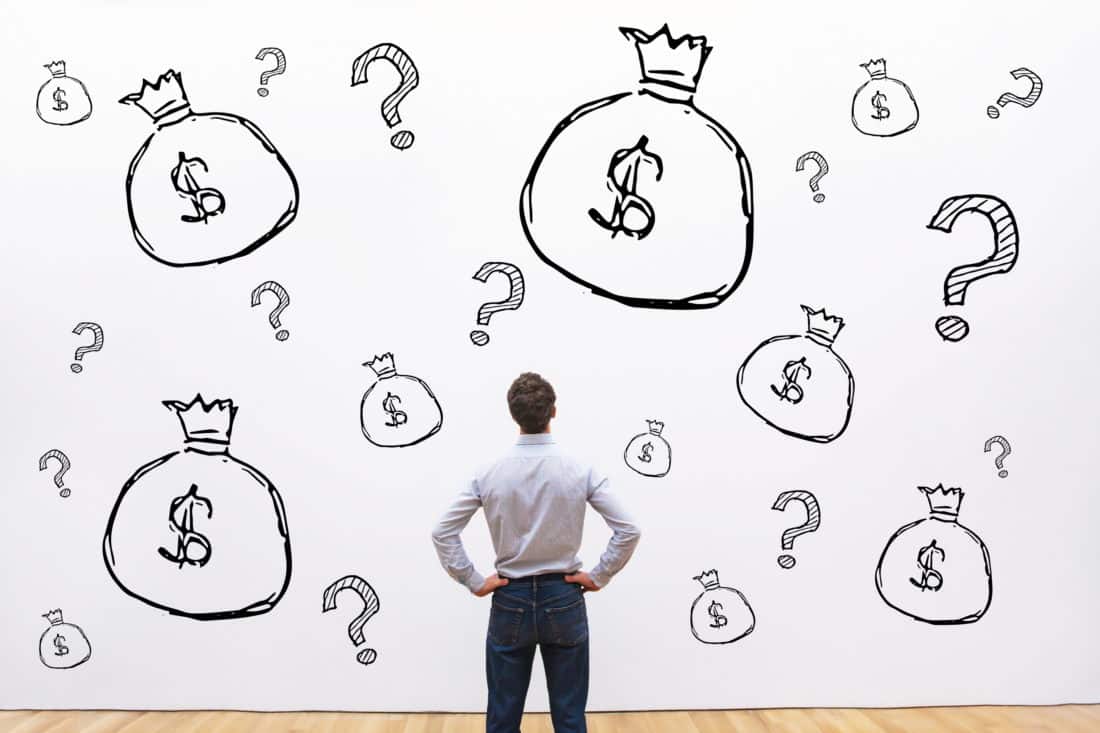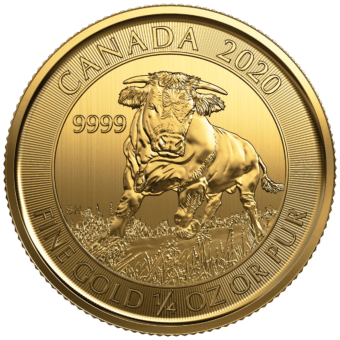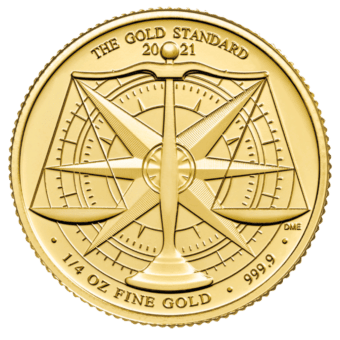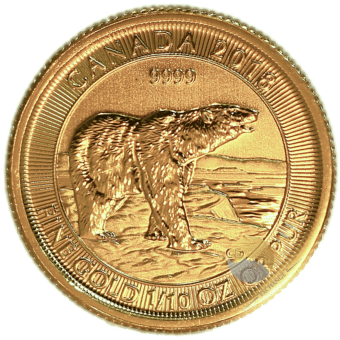Is gold the same as money? It depends on who’s holding it
There’s a lot of debate surrounding gold as “money''. Sure, it's a monetary metal, but not every country or region within a country considers it as “legal tender.” Yet, the Bank of International Settlements consider gold (if not silver) as an M1 asset class. It means that banks can store gold alongside other currencies because the yellow metal is virtually synonymous with money.
From a plain everyday perspective, however, things look a little bit different.
Money means something different on the street
When we think about money, or the concept of money, the first thing that often comes to mind is cash in our pocket or bank. We think of the “currency” we use to buy stuff. Money can be paper, coin, or digital assets accessed through debit or credit cards.
This is how we typically understand money, plain and simple. Yet, there’s more to it and we know it. If we just dig a little deeper, a bunch of questions surface: What gives money its value? Why do some currencies have more value than others? If gold isn’t legal tender in most places, why do banks and central banks stash it?
Before we answer these questions, let’s step back and lay out what all forms of money must have in common. In other words, there’s only one thing that gives money its value: purchasing power.
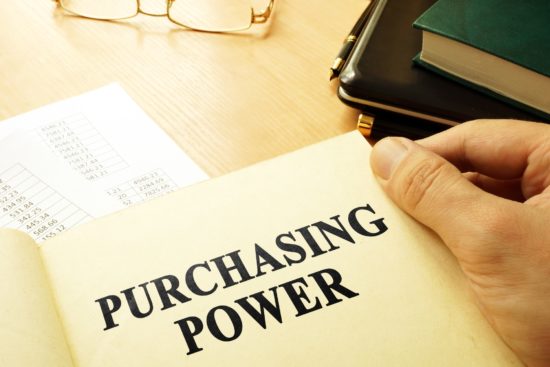
The essence of money is in its purchasing power
If you were to live the rest of your life stranded on an island with just a handful of people, then a boatload of US dollars would probably be worthless. The dollars may be useful where civilization exists, but for you and your unlucky neighbors, money might mean something completely different. Like food, clothes, and other tradable items not easily obtainable or produced.
The main point: money is not the physical “object” itself, but rather, the “purchasing power” it gives us.
Now you understand the importance of purchasing power. But still, what’s money? What are its characteristics?
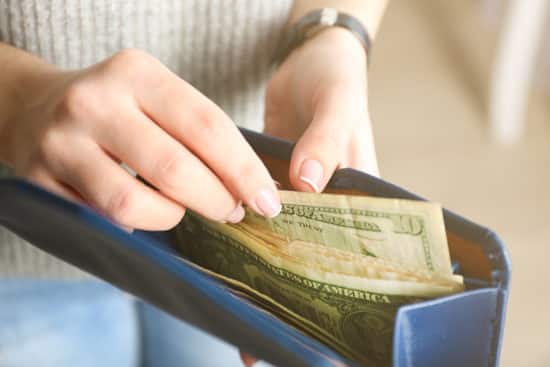
Money’s traditional characteristics
Here’s an “OG” take on what all forms of money must have in order to function.
- Durability: A currency must be physically stable enough to be used in multiple transactions.
- Portability: If a currency isn’t easily transportable, its transactions might become less efficient and perhaps more costly due to time and labor.
- Divisibility: A currency should have the capacity to be broken down into smaller units to accommodate a wide range of prices.
- Uniformity: A currency’s multiples must have the same physical attributes as another of equal value.
- Fungibility: Currency denominations should be interchangeable in value across a given monetary regime. One hundred pennies should be the same as one dollar, and that type of value relationship should not change.
- Limited Supply: A currency that can easily be produced or reproduced will have less value than a currency that is relatively scarce.
- Acceptability: If people don’t have enough confidence in a currency to use it to buy or sell goods, then that currency loses its function as money.
As long as a currency can satisfy these six criteria, then it can function as money. This brings us to the next question: how many functions can money have?

The different uses of money
The most common use for money would be to buy something with it. There are, however. a few more ways to use money besides purchases. But since it’s the most practical use case, let’s go ahead and start with that first.
- Medium of exchange. If you want an apple, you can always trade another good in exchange for an apple. Like a banana. This is called “bartering.” But what if your prospective trade partner doesn’t want a banana in exchange? In that case, you’ll need an “intermediary” medium of exchange. This is where money comes in handy.
- Unit of account. Another benefit of money is that it can convert the ”qualitative” value of a good into a “quantifiable” figure. It assigns price to value. The price may change from time to time and so might the value, but at least both can be measured according to money as a unit of account.
- Store of value. If you can anticipate your future buying needs, the money you stash await will need to hold its value over time. It shouldn’t corrode or perish. In order for money to be a reliable store of value, it must be durable enough to preserve or “store” its value.
- Deferred payment. As a durable store of value, money can be loaned and borrowed; its repayment deferred. For this to work favorably for both parties, lenders and borrowers often agree on a rate of interest to be paid to the lender in compensation for the loan.

Where does the value of money come from?
If you’re contemplating the value of money for the first time, you’re probably finding the matter to be a bit confusing. What gives money its value? Where does it come from? How does value increase or decrease?
To get a clearer grasp of money’s value, it helps to understand the different types of money out there, and how they derive their value.
Commodity-backed money. Once upon a time, the US dollar and other major currencies were backed by gold and silver. Throughout history, you’ll find that money was linked to the value of a given commodity. Some civilizations derived monetary value from certain metals. Some used grains. And some societies might have even linked a currency to the value of land.
If money represented some kind of “hard asset,” it means that a currency holder had some degree of ownership over what the money represented. If it was gold or silver, the currency owner was able to exchange the currency for the amount of gold and silver that it represented.
This was once true of the US dollar. However, that ended in 1971, when the value of the dollar as well as other currencies across the globe were allowed to float, no longer pegged to certain units of gold and silver (the Gold Standard was abolished).
Fiat money. When a currency is not backed by a commodity and its value is derived from the trust that people place on the government that issues it, then it’s called fiat money. The US dollar and nearly all tangible currencies belong to the fiat money system.
Legal tender money. When a currency is “legal tender,” it simply means that a government is recognizing it as a legitimate form of money. Whether a currency is commodity-backed, fiat, or (as we’ll learn next) market-determined, legal tender status is the official government stamp of approval that gives a currency its legal function as money.
Market-determined money. If enough people use a certain “thing” as money—it can be a piece of metal, rock, paper, grain, or digital data—then, it becomes money by virtue of agreement and use. Likewise, if people stop using any kind of currency as money, then that currency loses its money function. In the end, the people who use a given form of money play a critical role in determining what money is and isn’t.
Private cryptocurrencies. Private cryptocurrencies are an emerging form of digital peer-based money. They are neither issued nor regulated by a central bank or government. In other words, most crypto are “decentralized.” Although most governments across the globe don’t recognize crypto as legal tender money, some businesses and private citizens do recognize certain crypto as money. This makes it a kind of market-determined money. And although most crypto aren’t used as a medium of exchange, many investors see it as a store of value or as a fungible intermediary asset that can help facilitate trade. Some crypto also have limited supply, an important money characteristic more characteristic of commodity-backed money than fiat money. Crypto also exhibits nearly all money characteristics except for wide scale adoption.

The Bottom Line
The objects that constitute money can change over time. But the essence, characteristics, and functions that give money its value remain relatively constant. When you think of money, perhaps it's best to think of what it does more than what it is. After all, money is only as good as its function.


